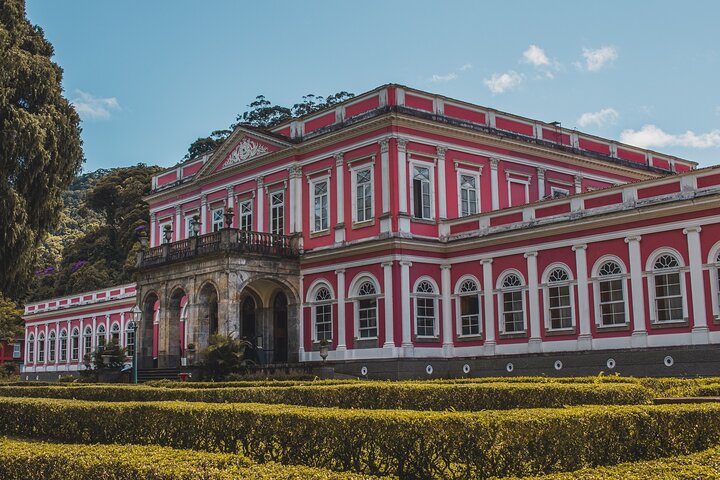Discovering Petropolis: A Journey Through Brazil’s Imperial Past
Drawn by the allure of Brazil’s imperial past, I embarked on a private tour of Petropolis, a city where history and nature intertwine. Join me as I explore grand palaces, charming streets, and the lush landscapes that define this enchanting destination.
A Journey Through Time: The Imperial City of Petropolis
Nestled in the lush mountains of Rio de Janeiro, Petropolis is a city that whispers tales of Brazil’s imperial past. As I embarked on this private tour, I was immediately captivated by the blend of history and nature that defines this enchanting place. The drive from Rio de Janeiro to Petropolis was a scenic delight, winding through the verdant Parque Nacional da Serra dos Orgaos. The forest’s rich biodiversity reminded me of the Amazon, where I have spent countless hours advocating for wildlife preservation. The air was crisp, and the anticipation of exploring a city steeped in history was palpable.
Our first stop was the Quitandinha Palace, a grand structure that once served as a luxurious hotel casino in the 1930s. The architecture was a stunning blend of European elegance and tropical flair, a testament to the cultural fusion that characterizes much of Brazil. As I wandered through its opulent halls, I couldn’t help but reflect on the stories these walls could tell. The palace’s history is a reminder of the importance of preserving cultural heritage, much like the natural wonders I strive to protect.
Exploring the Heart of Petropolis
The Imperial Museum was next on our itinerary, a former summer residence of the Brazilian royal family. Walking through the museum, I was transported back in time, surrounded by artifacts that once belonged to the royals. The collection of furniture, musical instruments, and clothing offered a glimpse into the opulent lifestyle of Brazil’s past rulers. It was fascinating to see how the royal family’s influence extended beyond politics and into the cultural fabric of the nation.
As we strolled through the charming streets of Petropolis, I was struck by the European-style architecture that lined the avenues. The Casa De Petropolis, also known as the House of 7 Errors, was a particular highlight. Its unique facade and intricate interior design were a testament to the creativity and craftsmanship of the era. This curious house, with its mysterious errors, sparked my imagination and left me pondering the stories behind its construction.
The Catedral de Sao Pedro de Alcantara was another architectural marvel, its French neo-Gothic style standing proudly against the backdrop of the Brazilian landscape. Inside, the cathedral was a serene sanctuary, a place for reflection and appreciation of the artistry that went into its creation. The remains of Emperor D. Pedro II and other royal family members rest here, adding a layer of historical significance to this sacred space.
A Taste of History and Nature
No visit to Petropolis would be complete without a stop at the Cervejaria Bohemia, Brazil’s first brewery. Founded by German immigrants, this brewery is a symbol of the cultural melting pot that is Brazil. The beer tasting was a delightful experience, offering a taste of history in every sip. As I savored the flavors, I couldn’t help but think of the importance of sustainable practices in preserving such cultural treasures for future generations.
Our final stop was the Crystal Palace, a gift from Princess Isabel’s husband during the imperial era. This elegant structure, once a winter garden, now stands as a reminder of the opulence and grandeur of Brazil’s past. The palace’s delicate design and lush surroundings were a fitting end to a day filled with exploration and discovery.
As I left Petropolis, I felt a renewed sense of purpose in my conservation efforts. The city’s rich history and natural beauty are a testament to the importance of preserving both cultural and natural heritage. This journey through the Imperial City was not just a tour; it was a reminder of the interconnectedness of history, culture, and nature, and the role we all play in safeguarding these treasures for future generations.



















































